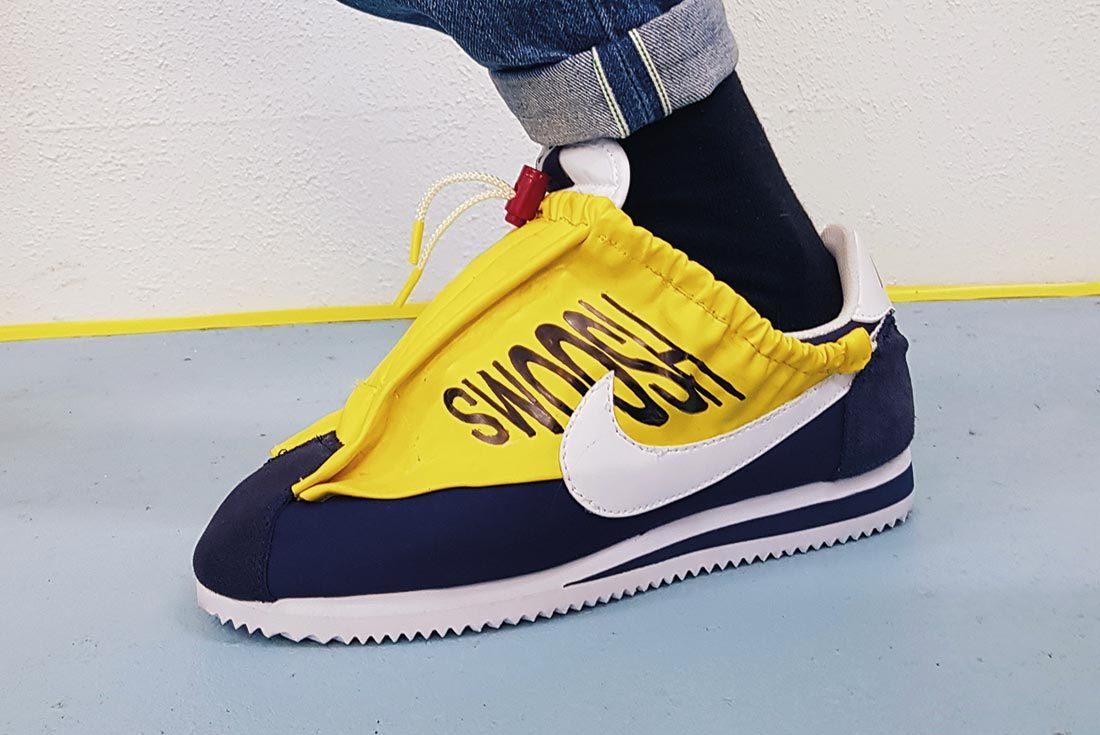How Studio Hagel Designs Sci-Fi Footwear
When Mathieu Hagelaars starts on one of his designs, it could go anywhere. Whether he’s making sandals from an or using packing peanuts to form outsoles, he approaches sneaker design with a ‘no limits’ attitude. Through Studio Hagel and the experimental Makers Monday project, Hagelaars’ unashamedly DIY approach is paying off big time. Did we mention he also designs footwear with Virgil Abloh?

